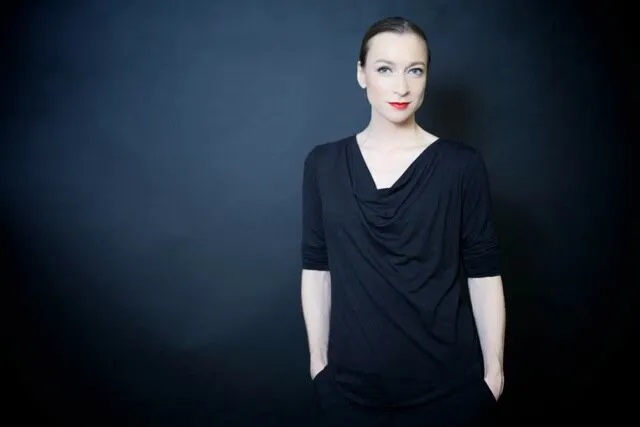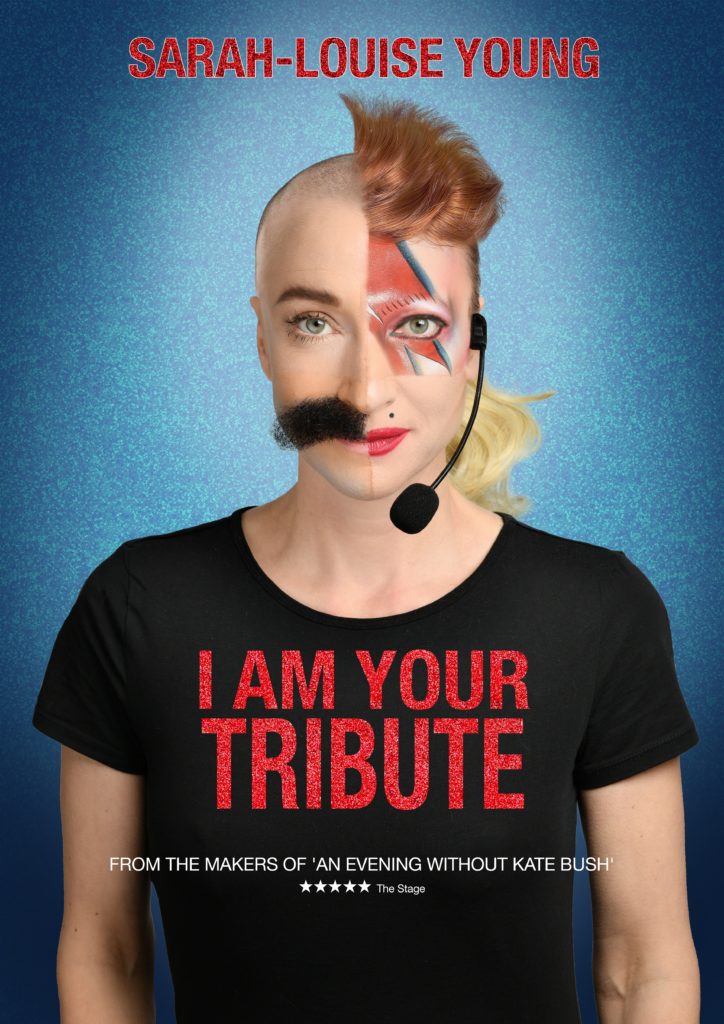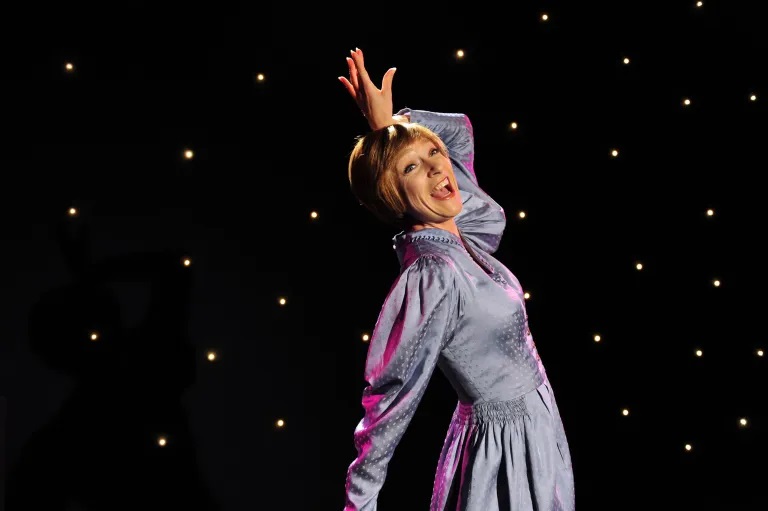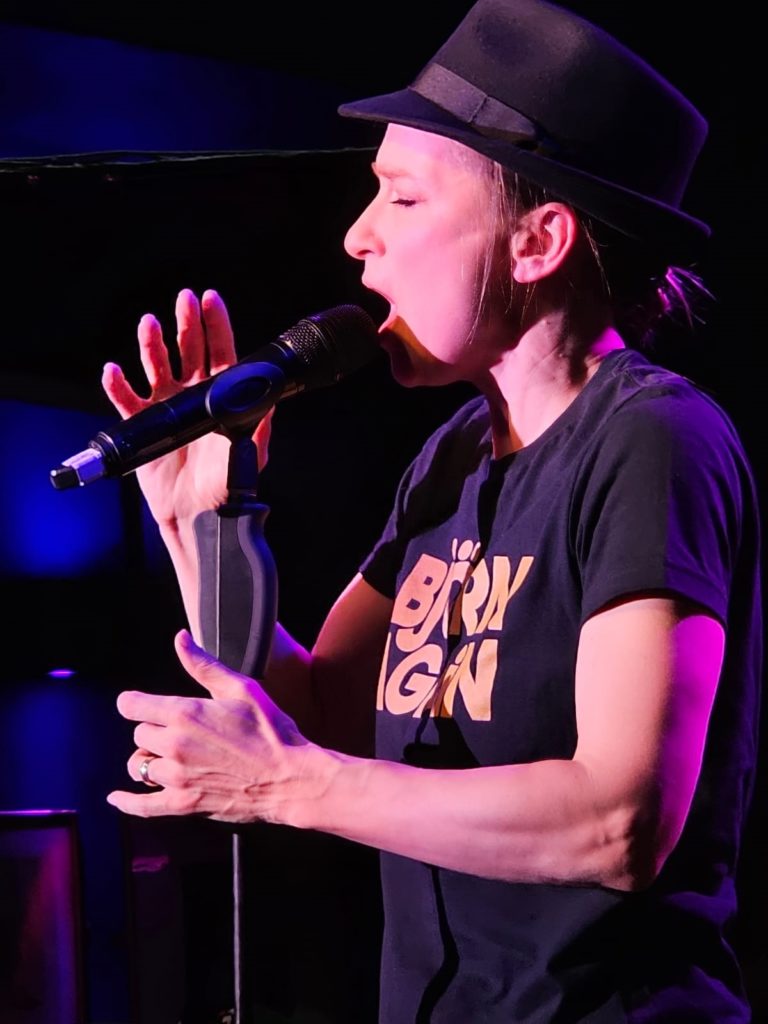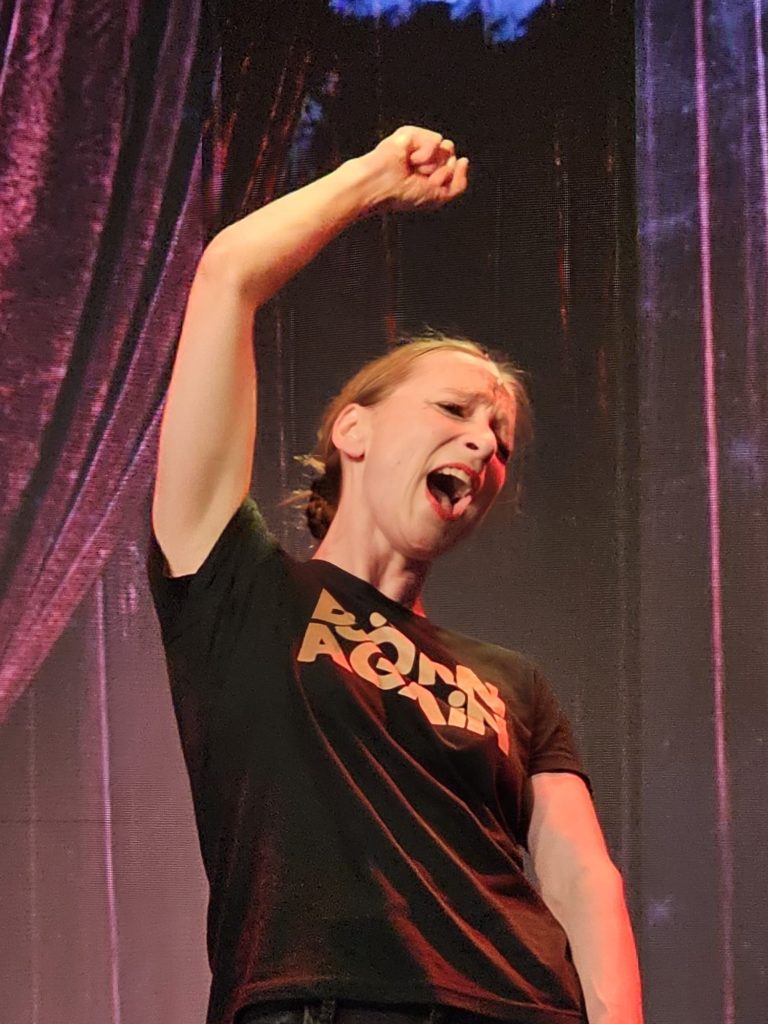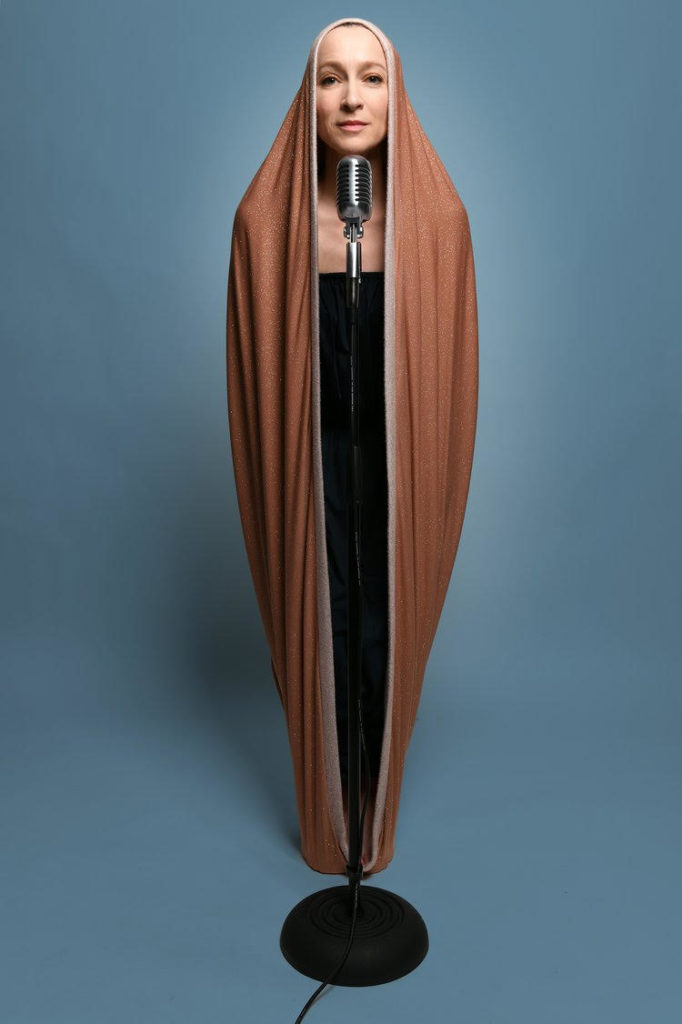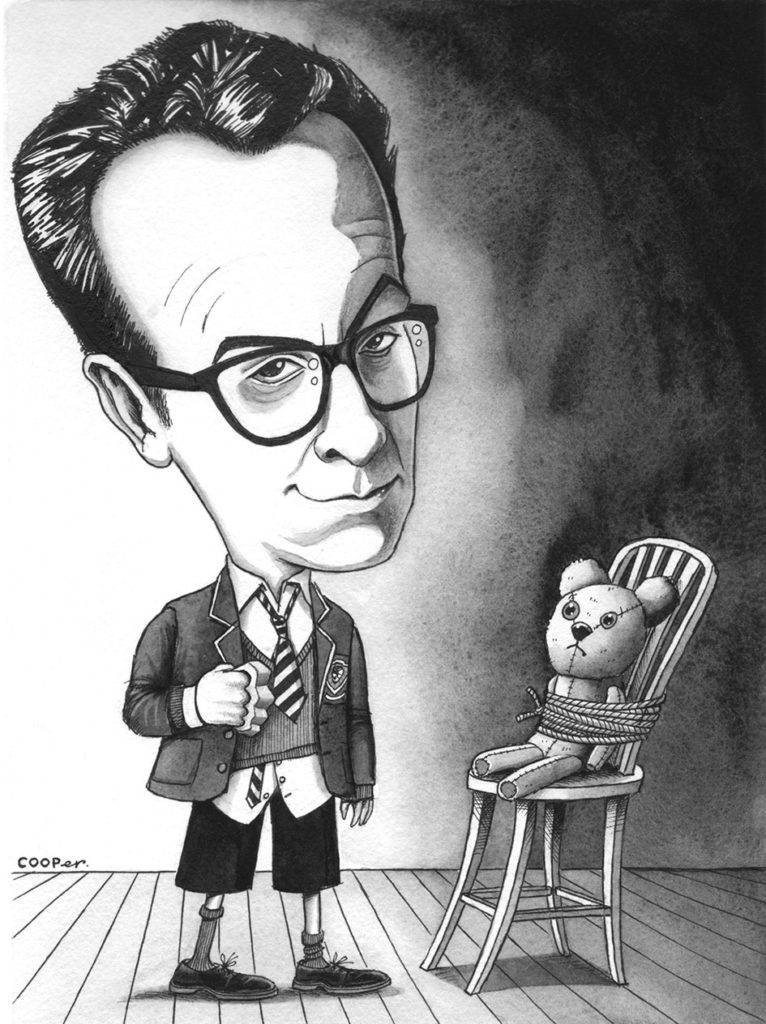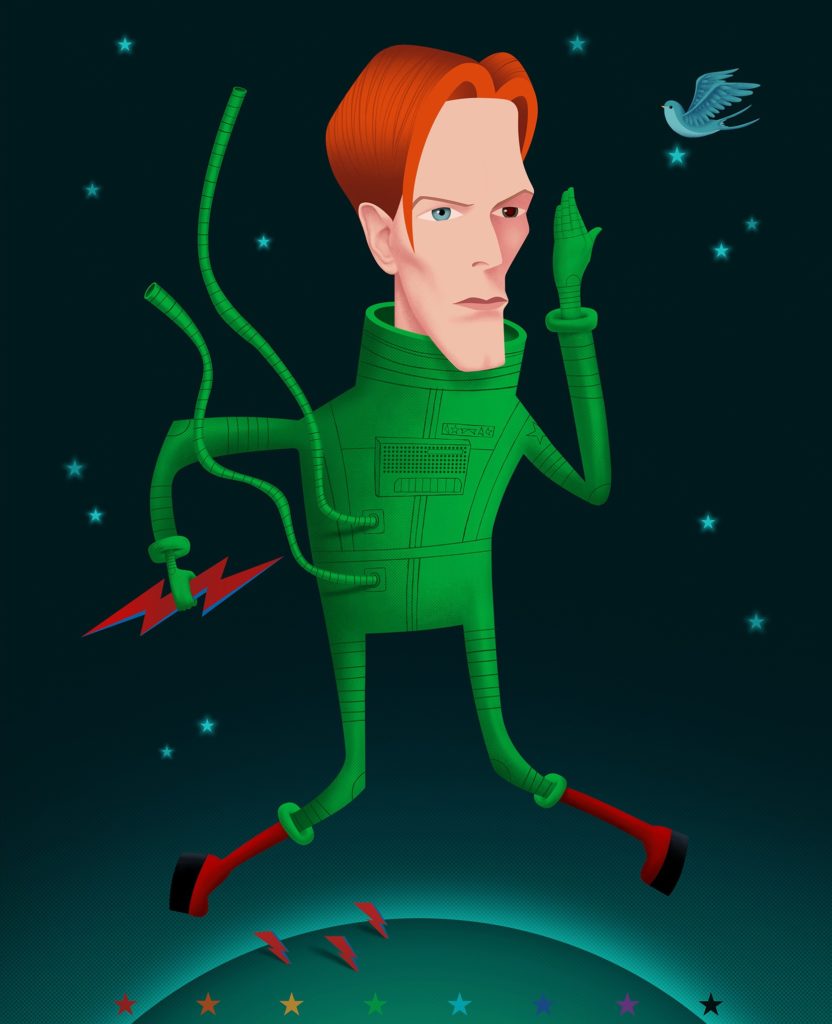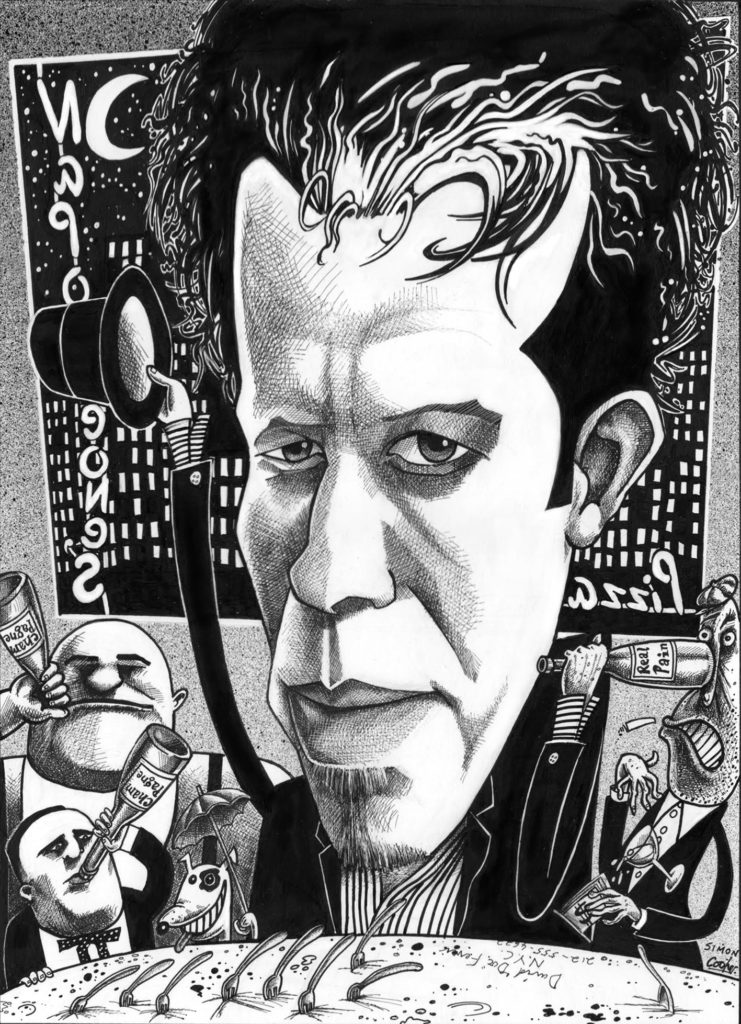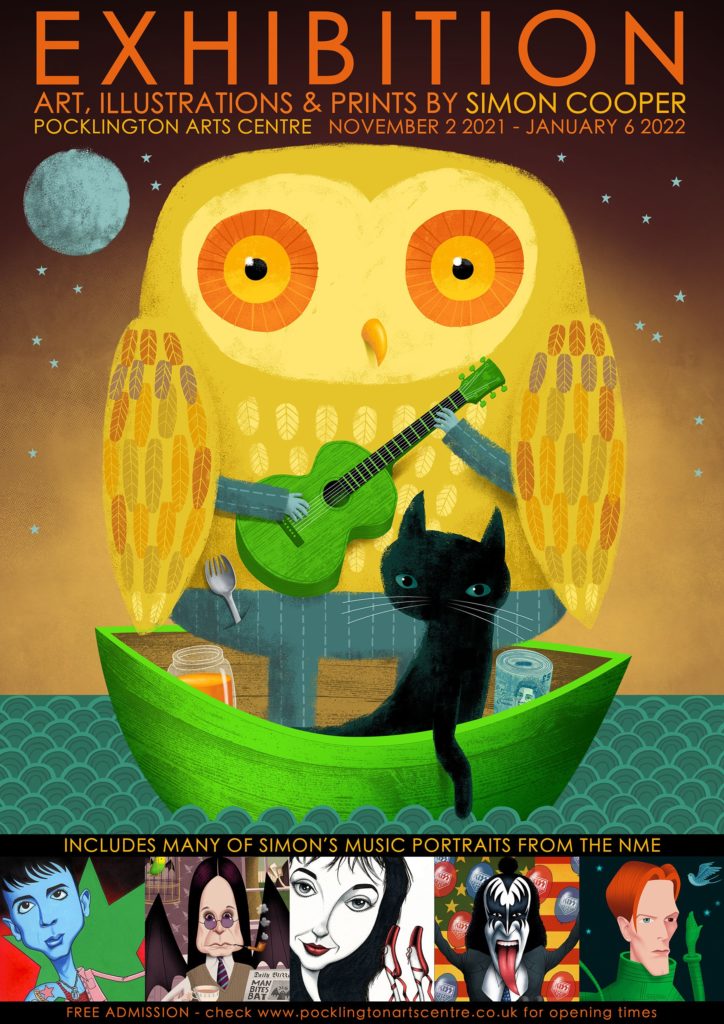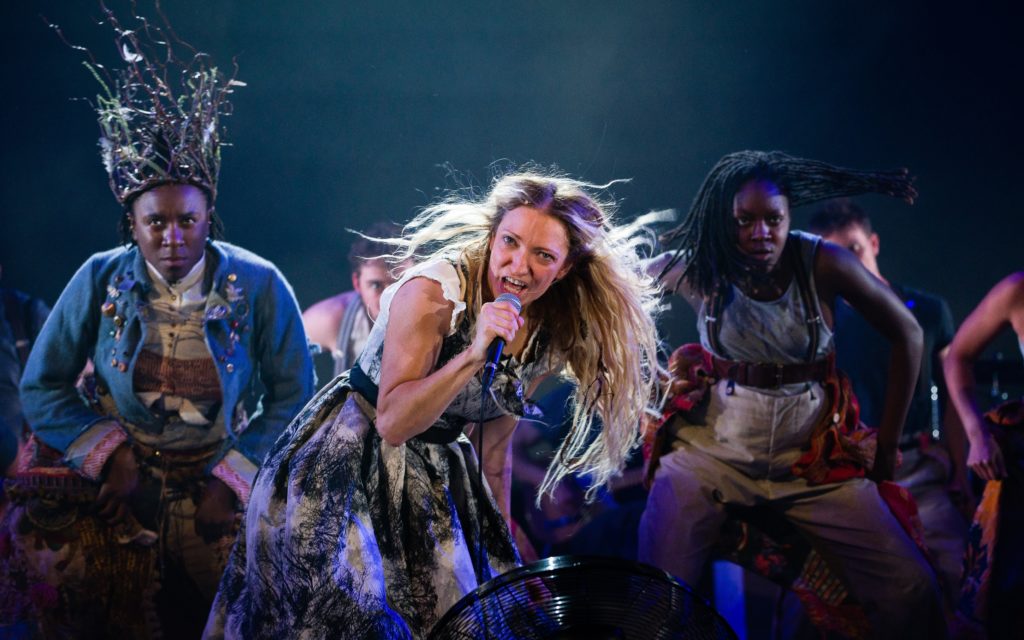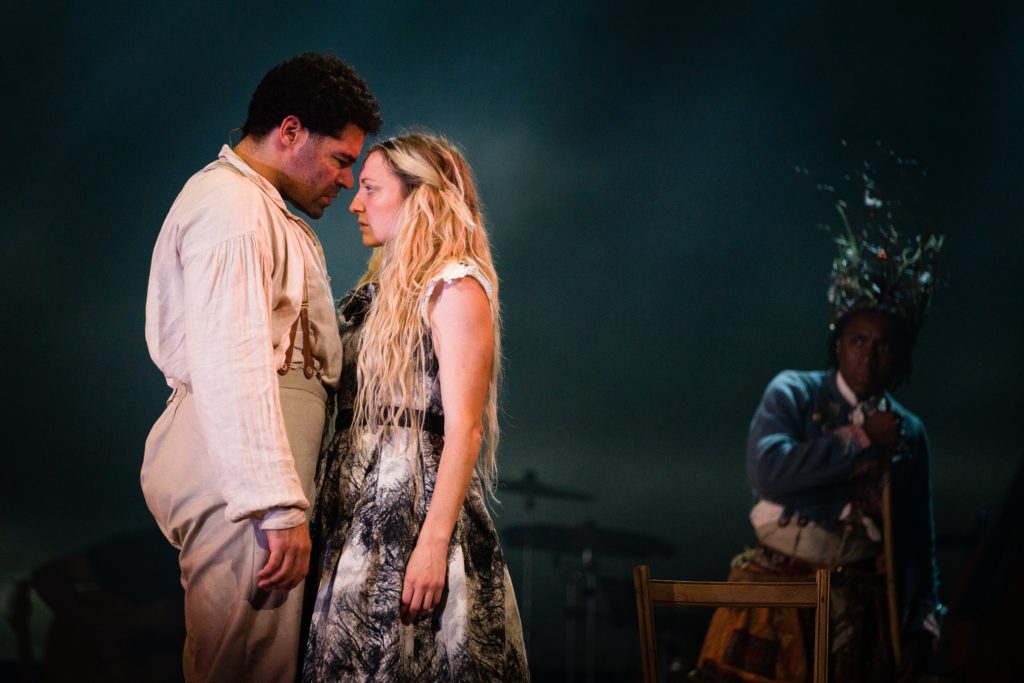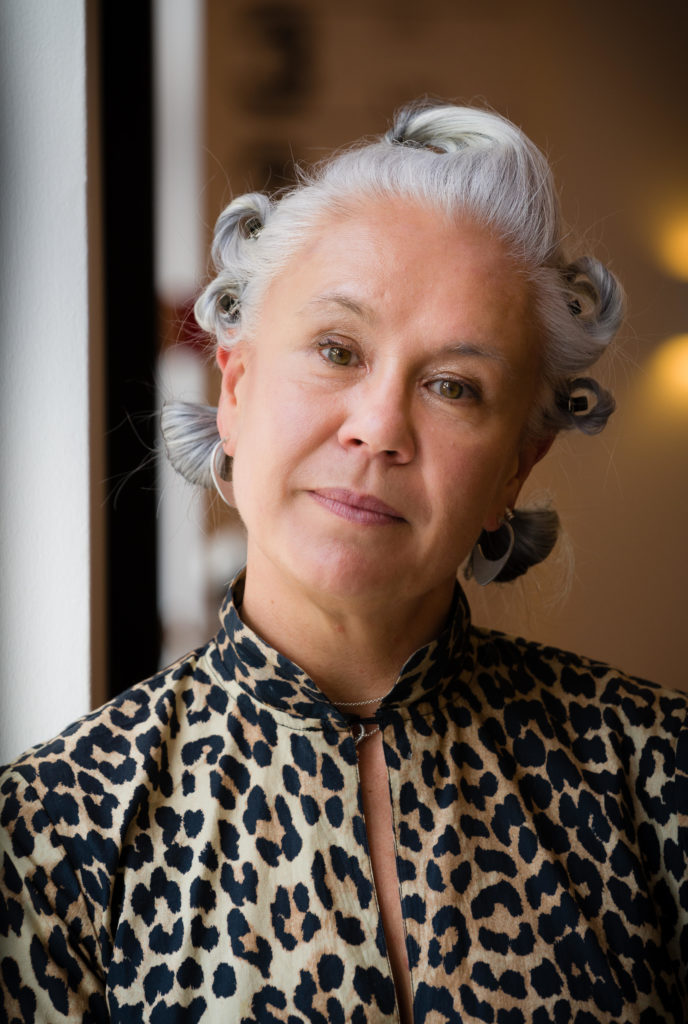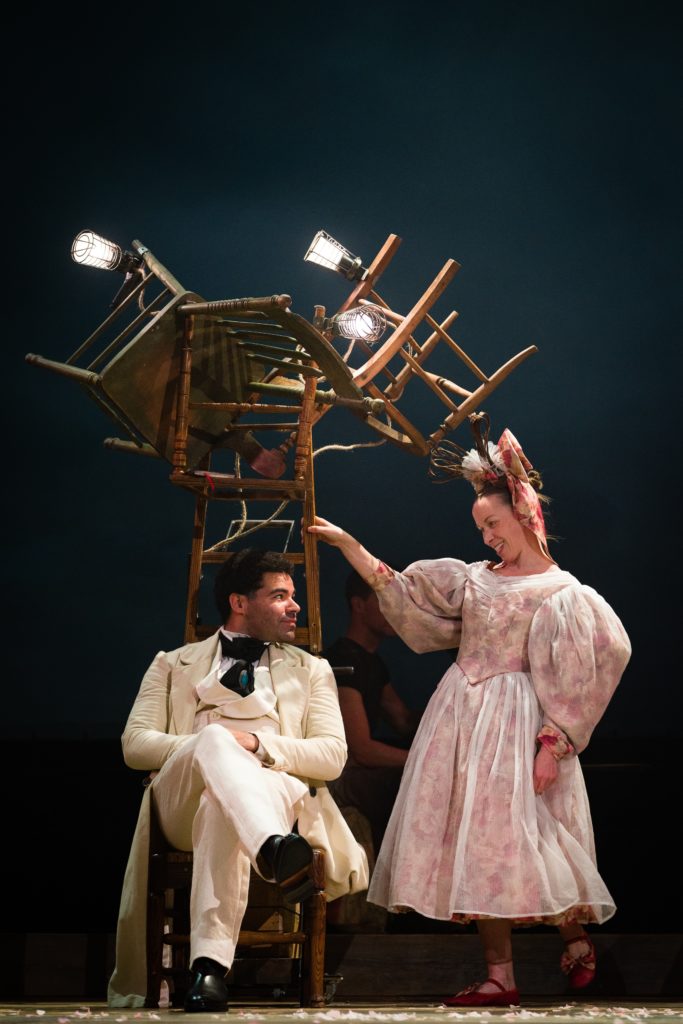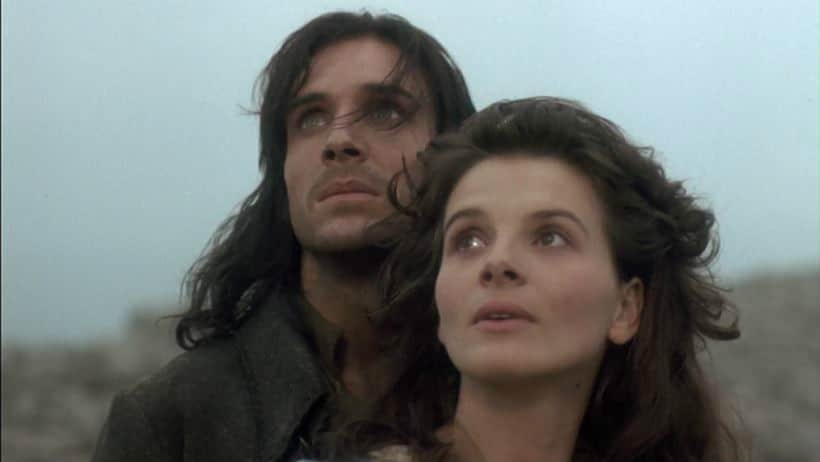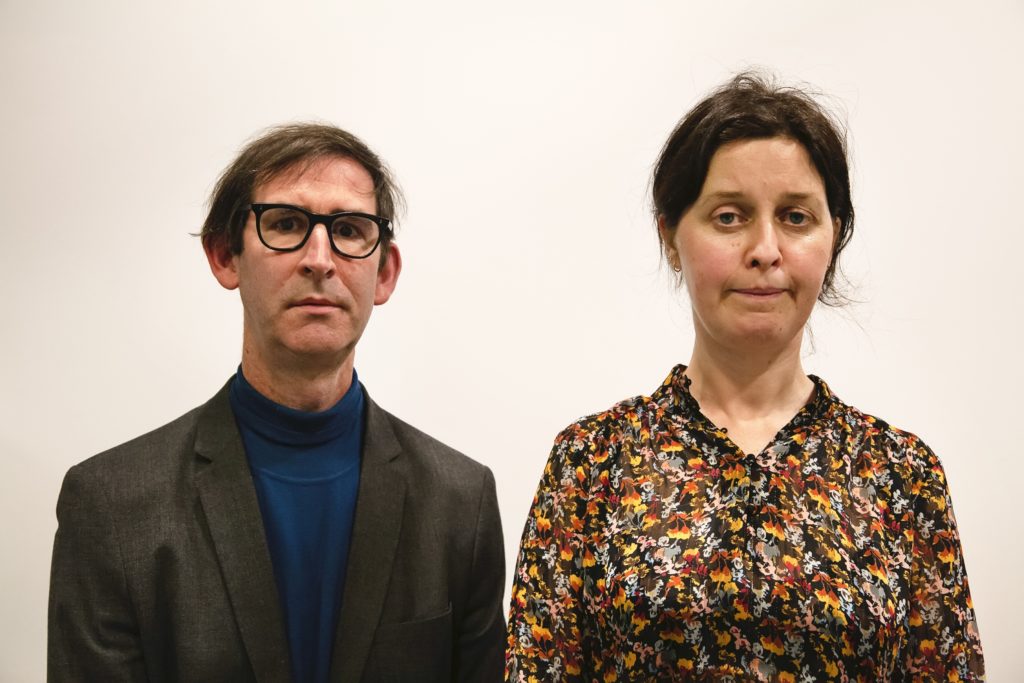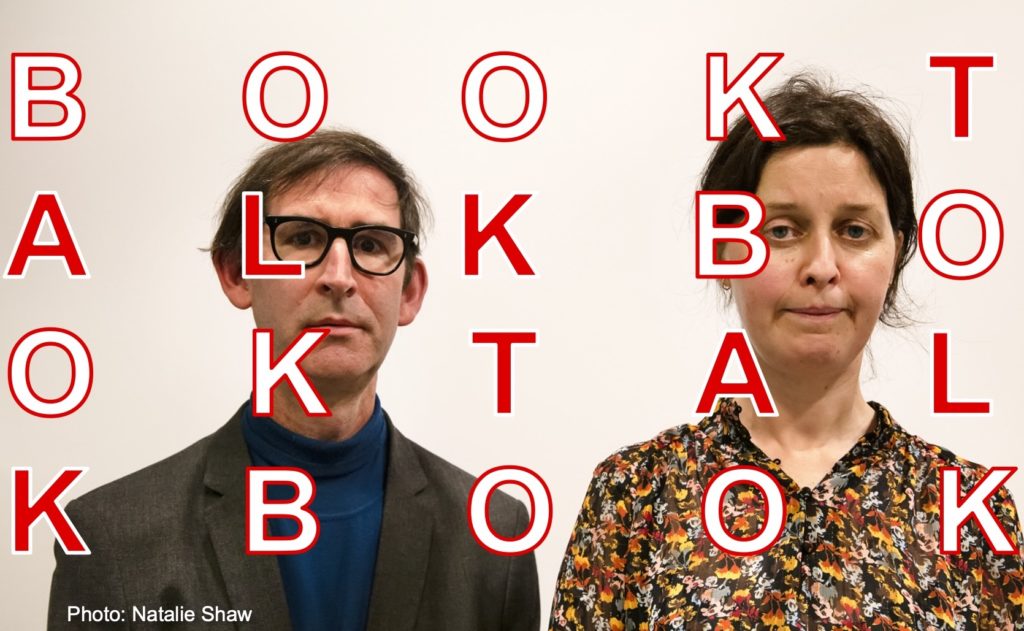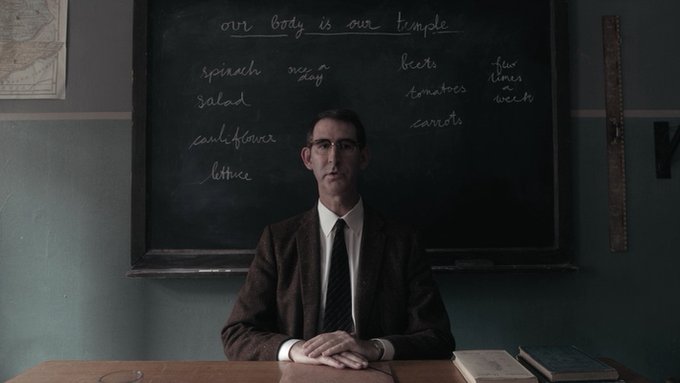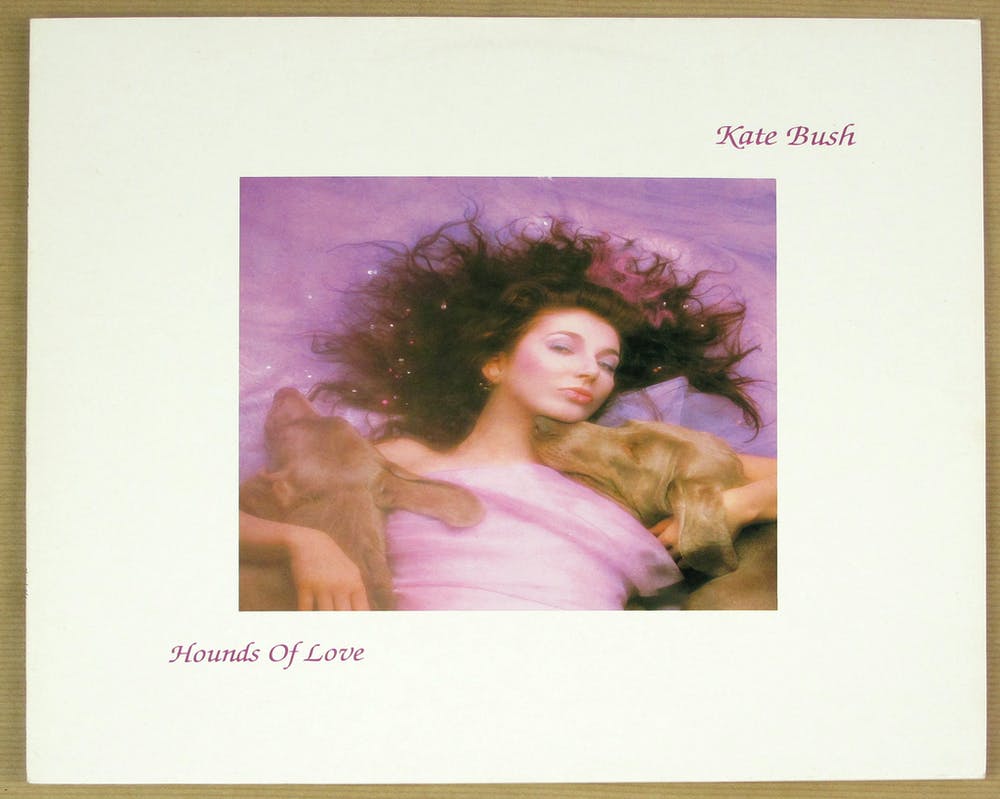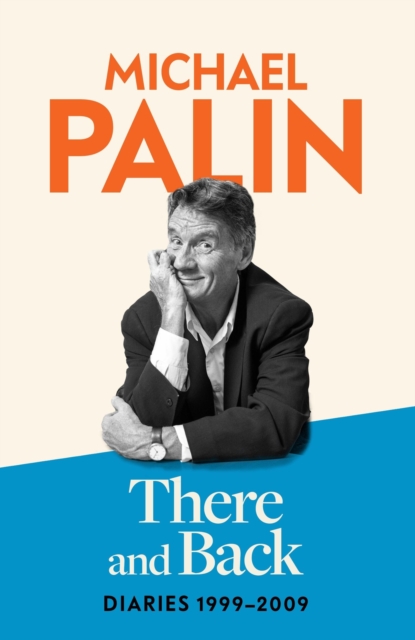
FROM a talkative traveller to a Californian Kate Bush tribute act, York’s weekend of open doors to a best-of-British musical revue, Charles Hutchinson seeks diverse cultural opportunities.
Globe-trotter of the week: Michael Palin, Grand Opera House, York, tomorrow, 7.30pm
IN the words of Monty Python alumnus, actor, presenter and Yorkshireman Michael Palin: “In There And Back – The Diary Tour 2024, I’ll bring to life the fourth collection of my diaries and the first to be released for ten years.
“Lots of fun as I go through the Noughties, and some dark times too. I constantly surprise myself with the sheer amount I took on.” Tickets update: still available at atgtickets.com/york.
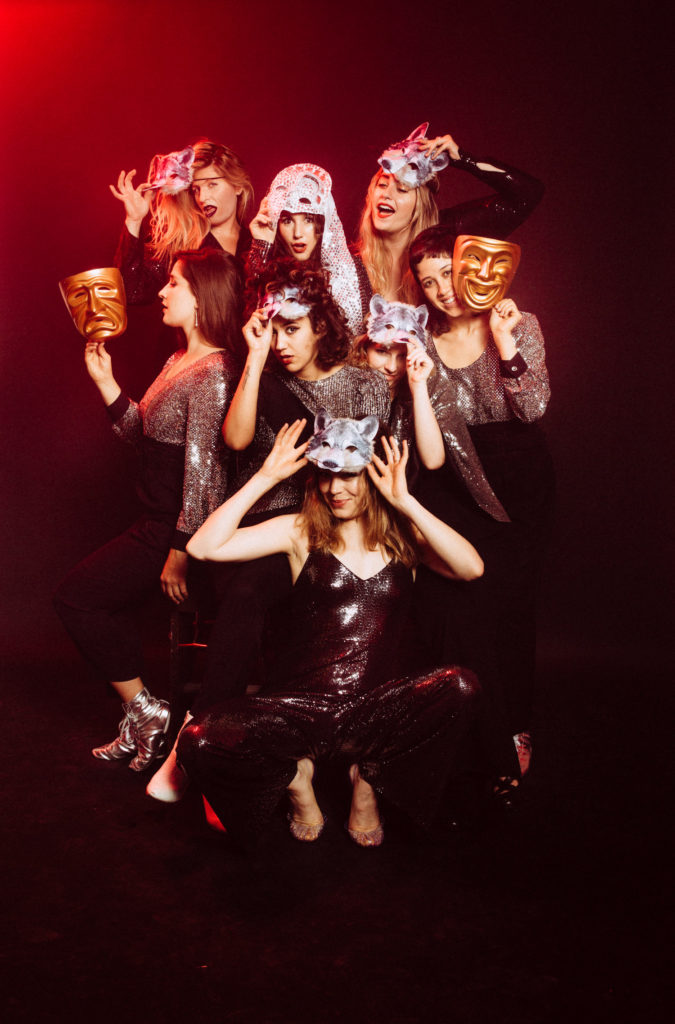
Tribute show of the week: Baby Bushka, Pocklington Arts Centre, tomorrow, 8pm
THE music and magic of Kate Bush has reached across the seas and skies to San Diego, California, where the eight women of the bewitching Baby Bushka have honed their wide-eyed, other-worldly versions of Kate’s baroque, ethereal pop.
Performed in jump-suits by Natasha Kozaily, Lexi Pulido, Nancy Ross, Leah Bowden, Batya Mac Adam-Somerm, Marie Haddad, Heather Nation and Melanie Medina, their kooky rock show is filled with four-part harmonies, avant-garde choreographed dancing, theatrical props, costumes and glitter masks. Box office: 01759 301547 or pocklingtonartscentre.co.uk.
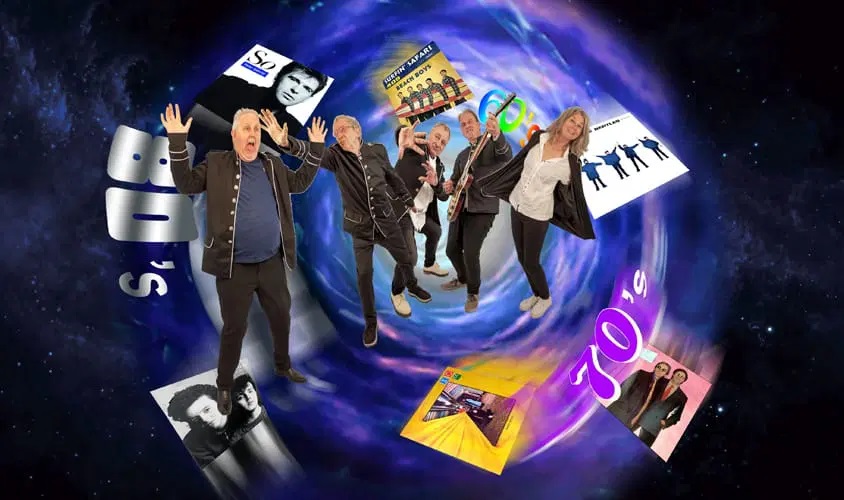
Sing something synth-full: The Korgis Time Machine, Selby Town Hall, tomorrow, 7.30pm
WHIRL back in time with The Korgis as they undertake a musical and audio/visual journey though the songs and bands that influenced them. Best known for their 1980 hit Everybody’s Got To Learn Sometime, the Bristol synth-pop band will put their spin on songs by The Beatles, The Beach Boys, Simon & Garfunkel, 10cc, The Buggles, Peter Gabriel and their own songs of peace and hope with The Korgis and, earlier, with Stackridge.
If I Had You, Bringing Back The Spirit Of Love, If It’s Alright With You Baby and Something About The Beatles will feature, along with new compositions from this year’s two-album set, UN – United Nations. Questions will be taken too. Box office: 01757 708449 or selbytownhall.co.uk.
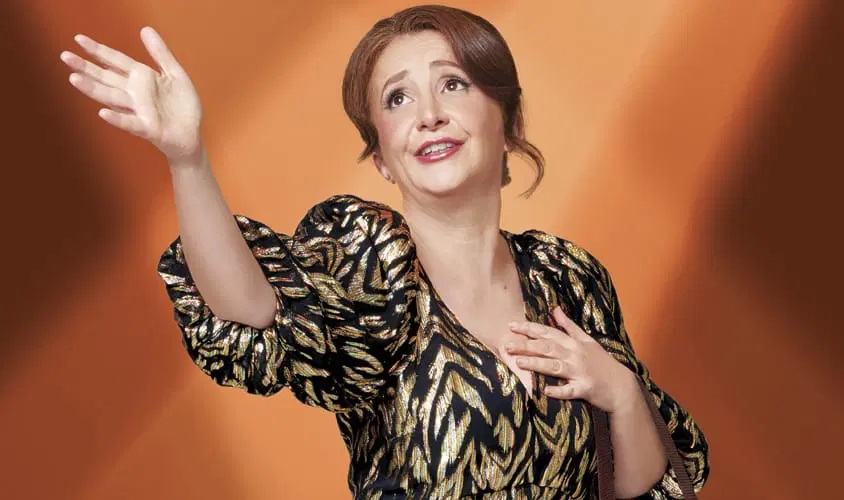
Comedy gig of the week: Lucy Porter, No Regrets!, Selby Town Hall, Friday, 8pm
REGRETS? Frank Sinatra had too few to mention, but Lucy Porter has hundreds, and she is raring to go into graphic detail about all of them. From disastrous dates and professional calamities to ruined friendships and parenting failures, she charts all the mistakes she has made, works out why they happened, and ponders how her life would have turned out if she had acted differently.
Porter posits that if you regret something, you can use it to change your ways. “See the thing you regret as your rock bottom, and let it spur you on to become a better person,” says Porter, who names guilt as one of her top five hobbies as a middle-aged, middle-class, left-leaning ex-Catholic. Box office: 01757 708449 or selbytownhall.co.uk.
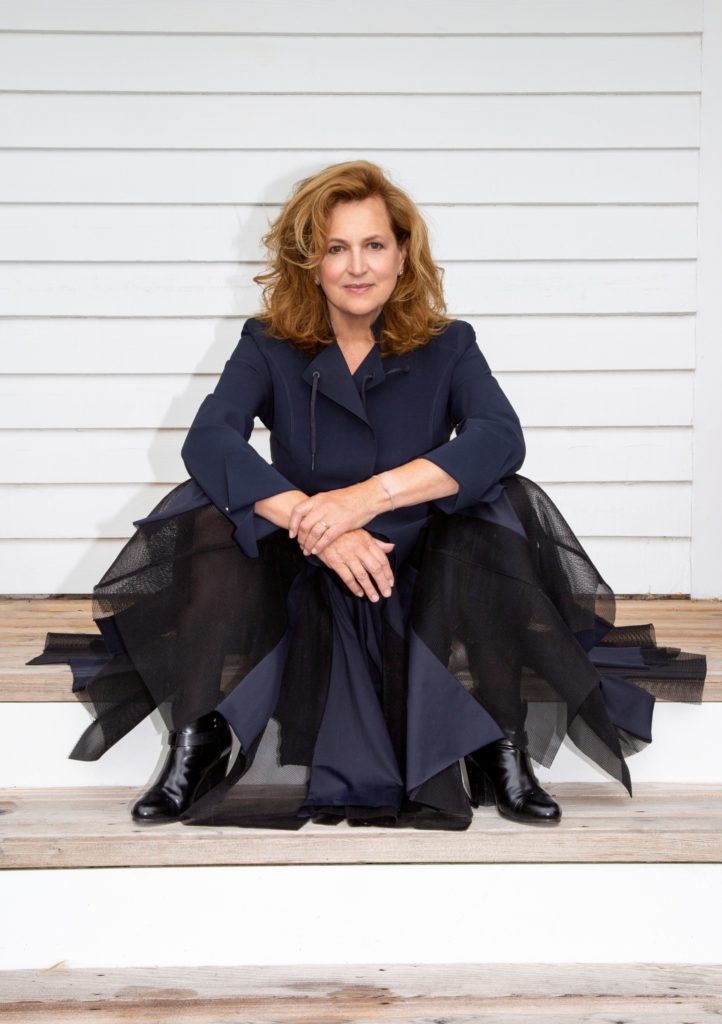
Folk gigs of the week: Hurricane Promotions present Barbara Dickson & Nick Holland, All Saints Church, Pocklington, Friday (sold out) and October 16, 7.30pm. Also Leeds City Varieties Music Hall, October 20, 7.30pm
SCOTTISH folk singer Barbara Dickson and her pianist Nick Holland explore her catalogue of songs in these acoustic concerts in intimate settings, where the pair will let the words and melodies take centre stage as they draw on Dickson’s folk roots, contemporary greats and her classic hits, from Another Suitcase In Another Hall to I Know Him So Well. Box office: barbaradickson.net; Leeds, 0113 243 0808 or leedsheritagetheatres.com.

Festival of the week: York Unlocked 2024, Saturday and Sunday
IN its third year, York Unlocked welcomes residents and visitors to experience York’s architecture and open spaces with the chance to discover, explore and enjoy around 50 sites.
This year’s new addition is a children’s trail book; families can pick up a free copy from York Explore Library, All Saints’ Church, North Street, or The Guildhall. Full details of the participating locations, from Spark: York to City Screen Picturehouse, Terry’s Factory Clock Tower to Bishopthorpe Palace, Holgate Windmill to York Railway Station, can be found at york-unlocked.org.uk. Entry is free, including for those requiring booking.

“Wild journey” of the week: Stevie Williams & The Most Wanted Band, Helmsley Arts Centre, Saturday, 7.30pm
LED by powerhouse vocalist Stevie Williams, The Most Wanted Band take their audiences on a wild musical journey with tight grooves, searing guitar solos and a rhythm section that hits with precision in an accomplished, high-energy, explosive show. Box office: 01439 771700 or helmsleyarts.co.uk.
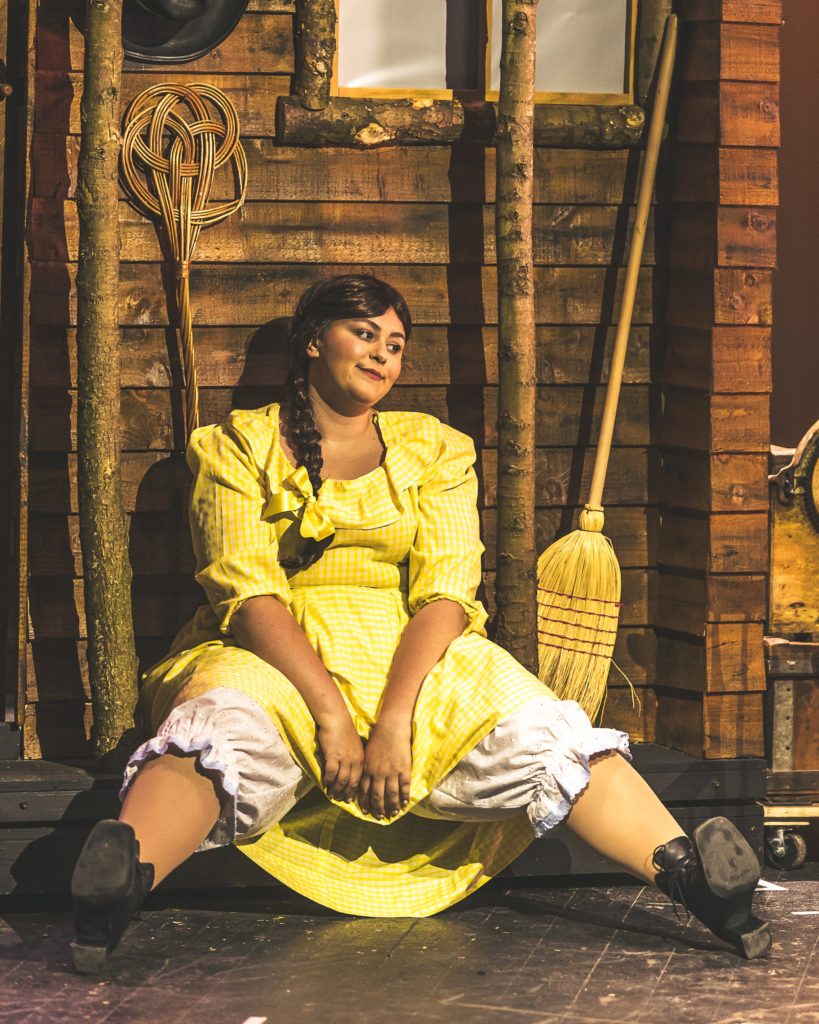
Ryedale musical show of the week: Pickering Musical Society, Wonders Of The West End, Kirk Theatre, Pickering, October 10 to 13, 7.30pm
PICKERING Musical Society performs the best of British musicals, from the early 20th century to current hits next week, when the full company will be joined once again by Sarah Louise Ashworth School of Dance students. Lesser-known gems will complement show-stopping favourites.
Regular performer Courtney Brown, seen latterly as the Princess in Aladdin and Ado Annie in Oklahoma!, steps up to the role of assistant director alongside regular director Luke Arnold after expressing an interest in directing. Box office: 01751 474833 or kirktheatre.co.uk.

Gig announcement of the week: Texas, Scarborough Open Air Theatre, July 26 2025
SCOTTISH band Texas, fronted as ever by Sharleen Spiteri, will return to Scarborough Open Air Theatre for the first time since July 2018 to showcase five decades of songs, from I Don’t Want A Lover, Say What You Want and Summer Son to Inner Smile, Mr Haze and Keep On Talking next summer. Tickets will go on sale at 9am on Friday at scarboroughopenairtheatre.co.uk and ticketmaster.co.uk. Irish rock band The Script are confirmed already for July 5.


